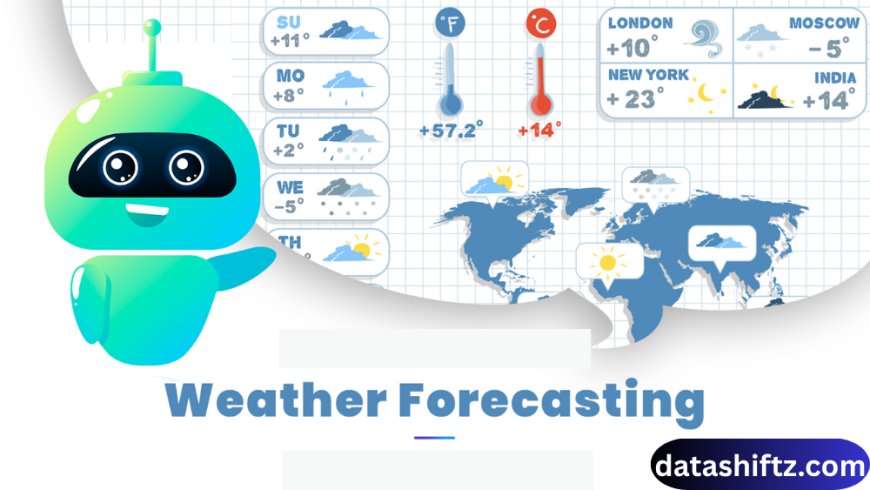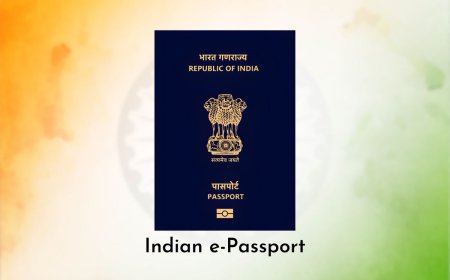Weather Forecast: Understanding Predictions, Technology, and Importance

Introduction
Weather is one of the most dynamic elements of our daily lives. From planning a weekend trip to scheduling agricultural activities, the weather forecast plays a vital role in decision-making. Predicting the atmosphere’s future state is not just about knowing whether it will rain tomorrow—it is about anticipating temperature shifts, storm warnings, wind directions, humidity levels, and even air quality.
Thanks to advancements in meteorological science, satellite technology, and artificial intelligence, weather forecasting has become far more reliable than it used to be. This article provides a comprehensive understanding of weather forecasting, its importance, methods, applications, and challenges.
What is a Weather Forecast?
A weather forecast is the prediction of atmospheric conditions for a given location and time. It is based on scientific observations, mathematical models, and satellite data. Forecasts can range from short-term (hours to days) to long-term (weeks to months), depending on the method and accuracy.
Types of Weather Forecasts
| Forecast Type | Time Frame | Accuracy Level | Common Usage |
|---|---|---|---|
| Nowcasting | Up to 6 hours | Very High | Storm warnings, immediate planning |
| Short-term forecast | 1–3 days | High | Daily weather updates |
| Medium-range | 4–10 days | Moderate | Travel planning, outdoor events |
| Long-range forecast | Weeks to months | Low | Seasonal outlook, agriculture |
| Climate projections | Years to decades | Predictive | Policy, research, environmental study |
Methods of Weather Forecasting
Traditional and Modern Approaches
Weather forecasting has evolved significantly over centuries.
1. Observational Forecasting
-
Based on direct human observation of clouds, winds, and temperature.
-
Still used in rural areas where technology is limited.
2. Numerical Weather Prediction (NWP)
-
Uses supercomputers and mathematical models.
-
Simulates the atmosphere’s future state with satellite inputs.
3. Satellite Forecasting
-
Provides real-time images of cloud movement, storms, and rainfall.
-
Essential for monitoring cyclones and hurricanes.
4. Doppler Radar
-
Detects precipitation, wind speed, and storm development.
-
Widely used for predicting thunderstorms and tornadoes.
5. Artificial Intelligence & Big Data
-
AI models analyze massive climate datasets.
-
Improves accuracy and provides personalized weather apps.
Importance of Weather Forecast
Weather forecasting is not just about carrying an umbrella—it influences critical sectors of life and economy.
Key Importance of Weather Forecasts
-
Agriculture – Helps farmers decide on sowing, irrigation, and harvesting.
-
Transport & Aviation – Prevents accidents by issuing storm/fog warnings.
-
Disaster Management – Saves lives by predicting floods, cyclones, and heatwaves.
-
Energy Sector – Predicts electricity demand during heatwaves or cold spells.
-
Tourism & Events – Guides outdoor activities, festivals, and sports events.
-
Health & Lifestyle – Alerts on heat index, UV exposure, and air quality.
-
Fishing & Marine Operations – Assists in safe navigation at sea.
-
Military & Defense – Weather intelligence plays a role in strategic planning.
-
Urban Planning – Helps mitigate flooding and pollution in cities.
-
Daily Life – Simple tasks like laundry, travel, and outdoor work depend on forecasts.
Weather Forecast Today: A Global Snapshot
Weather conditions vary widely across the globe. Let’s look at a sample snapshot of different regions:
Sample Weather Forecast Across Cities
| City | Temperature (°C) | Condition | Humidity | Wind Speed | Forecast |
|---|---|---|---|---|---|
| New Delhi | 34 / 23 | Sunny, Hazy | 58% | 12 km/h | Dry, AQI Poor |
| New York | 22 / 14 | Cloudy | 67% | 8 km/h | Possible Rain |
| London | 19 / 11 | Rain Showers | 72% | 10 km/h | Wet, Cool |
| Tokyo | 26 / 18 | Partly Cloudy | 65% | 15 km/h | Mild Breeze |
| Sydney | 29 / 20 | Sunny | 54% | 18 km/h | Clear Sky |
Challenges in Weather Forecasting
Despite technology, weather prediction faces limitations due to the complex nature of the atmosphere.
Common Challenges
-
Rapidly Changing Weather – Especially in coastal or mountainous regions.
-
Data Gaps – Limited weather stations in remote areas.
-
Climate Change – Rising unpredictability in rainfall and storms.
-
Technical Errors – Even AI models can misinterpret sudden shifts.
-
Public Misinterpretation – People often misunderstand forecast terms like "chance of rain".
The Future of Weather Forecasting
Emerging Technologies
Forecasting is becoming smarter with machine learning, IoT, and hyper-local predictions.
-
AI-driven models will provide city-specific hourly forecasts.
-
Drones and remote sensors will collect real-time data.
-
Mobile weather apps will integrate personalized health and travel alerts.
-
Climate simulations will help governments prepare for long-term risks.
Future Forecasting Trends
| Technology | Application |
|---|---|
| AI & Machine Learning | Hyper-local predictions |
| IoT Sensors | Real-time weather monitoring |
| Drones | Data collection in remote areas |
| Quantum Computing | Faster climate simulations |
| Mobile Apps | User-friendly, instant forecasts |
Conclusion
The weather forecast is no longer just about whether it will rain or shine—it is about preparedness, safety, and planning. With technological innovations, forecasting has become more reliable, accurate, and accessible.
-
It helps farmers grow crops efficiently.
-
Assists governments in disaster management.
-
Supports travel, transport, and energy sectors.
-
Plays a crucial role in our daily decisions.





























